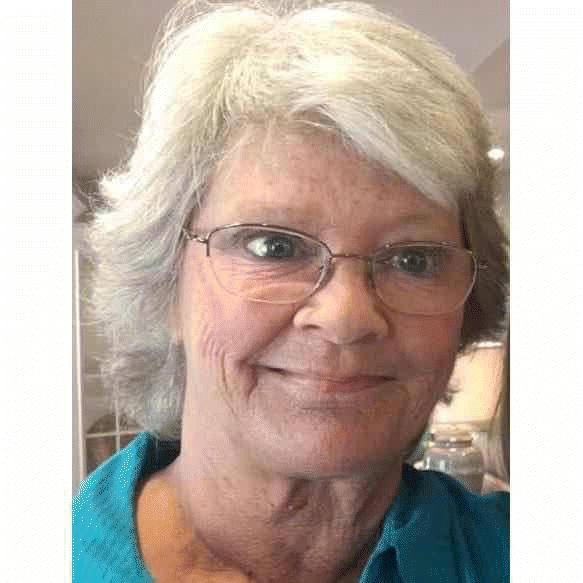MIND & BODY: Disasters don’t wait. Make your plans today.
Published 1:48 pm Friday, August 28, 2020
|
Getting your Trinity Audio player ready...
|
With the current coronavirus pandemic, it seems as though life has been turned upside down. Summer vacations, sporting events, concerts and other activities have been canceled, delayed or otherwise altered as we fight to stop the spread of COVID-19.
While it may seem we have pressed pause on certain aspects of our daily life, many across the county are facing additional challenges. In the west, wildfires are destroying property and lives with little warning. The Gulf Coast is contending with a tropical storm and a hurricane.
We are fortunate in Central Kentucky we seldom have to contend with wildfires or hurricanes, but we do have our share of tornados, ice storms and floods. Individual families are too often devastated by private residence fires.
Even though we are required to wait for life to return to normal with this pandemic, September has been designated as National Preparedness Month to encourage us not to wait, but to develop the strategies and resources needed to cope with disasters or emergencies.
Preparations to confront these devastating events involve at least the following four actions: making a communication plan, assembling a disaster supplies kit, ensuring that you can receive emergency alerts and educating everyone in your family about your plans to counter these threats.
Making an emergency communication plan includes creating a paper copy of the contact information for each person in your family along with other important people and offices, such as medical facilities, doctors, schools or service providers.
A copy can then be carried in backpacks, purses or wallets. If you complete the Family Emergency Communication Plan online at www.ready.gov/make-a-plan, you can print out a wallet-sized card. Those with smart phones can save a picture of the contact info page. A copy should also be posted in a central location in your home, such as your refrigerator or family bulletin board.
Assembling a disaster supplies kit involves gathering supplies that will last for at least three days after a disaster for everyone living in your home. This may mean a separate kit for each household member, including pets. The kit should include nonperishable food and sufficient water for drinking and hygiene. (The recommended amount of water is at least one gallon per person per day.)
Ready.gov (www.ready.gov/kit) provides an extensive list of supplies that should be included as well as tips for storing and maintaining your kits.
The current pandemic requires the inclusion of extra provisions that might normally be overlooked.These include cloth face coverings (for everyone 2 and older), soap, hand sanitizer and disinfecting wipes to disinfect surfaces.
There are various methods for receiving disaster alert notifications and warnings. Many are already aware of various news or weather apps for smart phones that send out information about impending danger or weather conditions.
Aall major wireless providers as well as some smaller providers participate in Wireless Emergency Alerts (WEAs) that allow public safety officials to quickly and effectively alert the public to serious situations, such as AMBER alerts, imminent threats, or public safety. WEAs look like text messages but are designed to get your attention with a unique sound and vibration repeated twice.
Some older phones may not be WEA-capable, while others require you to enable WEAs. Check the settings on your mobile phone and review the user manual to determine your phone’s capability.
Of course, television and radio broadcast systems have access to the national Emergency Alert System (EAS) and therefore have the ability to deliver important emergency information.
The most reliable source of continuous weather information is the NOAA Weather All Hazards network that requires a radio capable of receiving that signal.
Preparedness requires that the entire household is aware of the plans about how to communicate, where the supplies kits are and how to find reliable information. Children especially need to be involved with this discussion, not to alarm them or make them anxious, but to let them know that there is way to be safe by knowing and following the plans.
This can be accomplished by involving them in the kit building process, working through a child-friendly activity book, or playing preparedness games. Ready.gov (www.ready.gov/kids) provides several suggestions for helping children learn what to do when there are troubling situations.
Because the pandemic has pushed pause on what we considered our normal life, this National Preparedness Month may be the best time to plan strategies we need to face the unexpected. Time will come when a disaster will require our response without the luxury of waiting to figure it out.
More information on National Preparedness Month and suggested disaster preparation activities can be found at https://www.ready.gov/september.
If you have questions about this article, you may contact Jim Cowan at jamesm.cowan@ky.gov.






